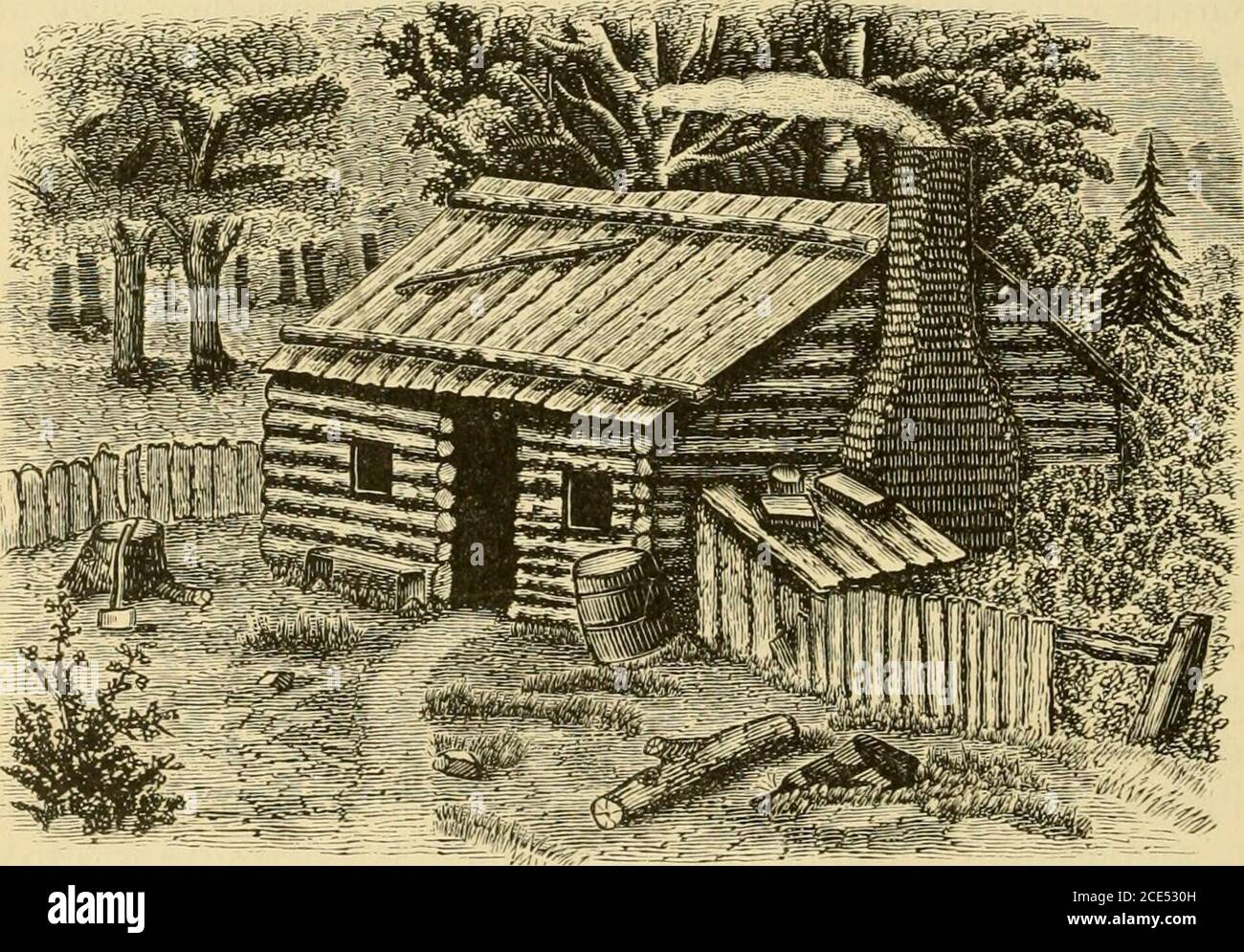. History of Vermilion County, together with historic notes on the Northwest, gleaned from early authors, old maps and manuscripts, private and official correspondence, and other authentic, though, for the most part, out-of-the-way sources . his duty to go as to fodder his stock or cuthis nights firewood. When Copeland got his logs ready he sent outnotice, and men came on horseback six or eight miles to put them up.The first day it rained, and they had -to go back home without accom-plishing the work, but the next day every man came back to finish thejob. Nobody thought of accepting pay for su

Image details
Contributor:
Reading Room 2020 / Alamy Stock PhotoImage ID:
2CE530HFile size:
7.1 MB (688.5 KB Compressed download)Releases:
Model - no | Property - noDo I need a release?Dimensions:
1894 x 1319 px | 32.1 x 22.3 cm | 12.6 x 8.8 inches | 150dpiMore information:
This image is a public domain image, which means either that copyright has expired in the image or the copyright holder has waived their copyright. Alamy charges you a fee for access to the high resolution copy of the image.
This image could have imperfections as it’s either historical or reportage.
. History of Vermilion County, together with historic notes on the Northwest, gleaned from early authors, old maps and manuscripts, private and official correspondence, and other authentic, though, for the most part, out-of-the-way sources . his duty to go as to fodder his stock or cuthis nights firewood. When Copeland got his logs ready he sent outnotice, and men came on horseback six or eight miles to put them up.The first day it rained, and they had -to go back home without accom-plishing the work, but the next day every man came back to finish thejob. Nobody thought of accepting pay for such acts. If a house wasto be moved, the habit was to turn out with their oxen and hitch to it andmove it to the desired location. If a lunch was spread it was all rightand was enjoyed, but if not convenient, the men would go home aftertheir neighborly work was accomplished. He erected his first houseright across in front of where his present house stands. This house wassold after he built his present residence, and moved to Blue GrassGrove, and after that was moved to Buck Grove, and may be in Chi-cago or Milwaukee by this time, if it kept on moving on the approachof civilization. The early settlers came principally from Ohio, Indi-. A PIONEER CABIN. ana and Kentucky. When Copeland came here, in 1828, Ware Longlived out east of him in the timber, and remained there until he died.Amos Howard, Mr. Shokey and Mr. Priest lived in the southern partof the township, each of whom had families. Ezekiel Knox lived aboutthree miles south. He made a good farm, and left a family when hedied. Several families soon settled around, on and near sections 26 and35 (20-12), near the south line of the township. This was for a longtime known as Howards neighborhood. BLOUNT TOWNSHIP. 877 The first school-house built in town was the old log house one halfmile east of Mr. Copelands house. The neighborhood built it in 1830.It was a considerable undertaking for the time, as there were fewto help, and vot